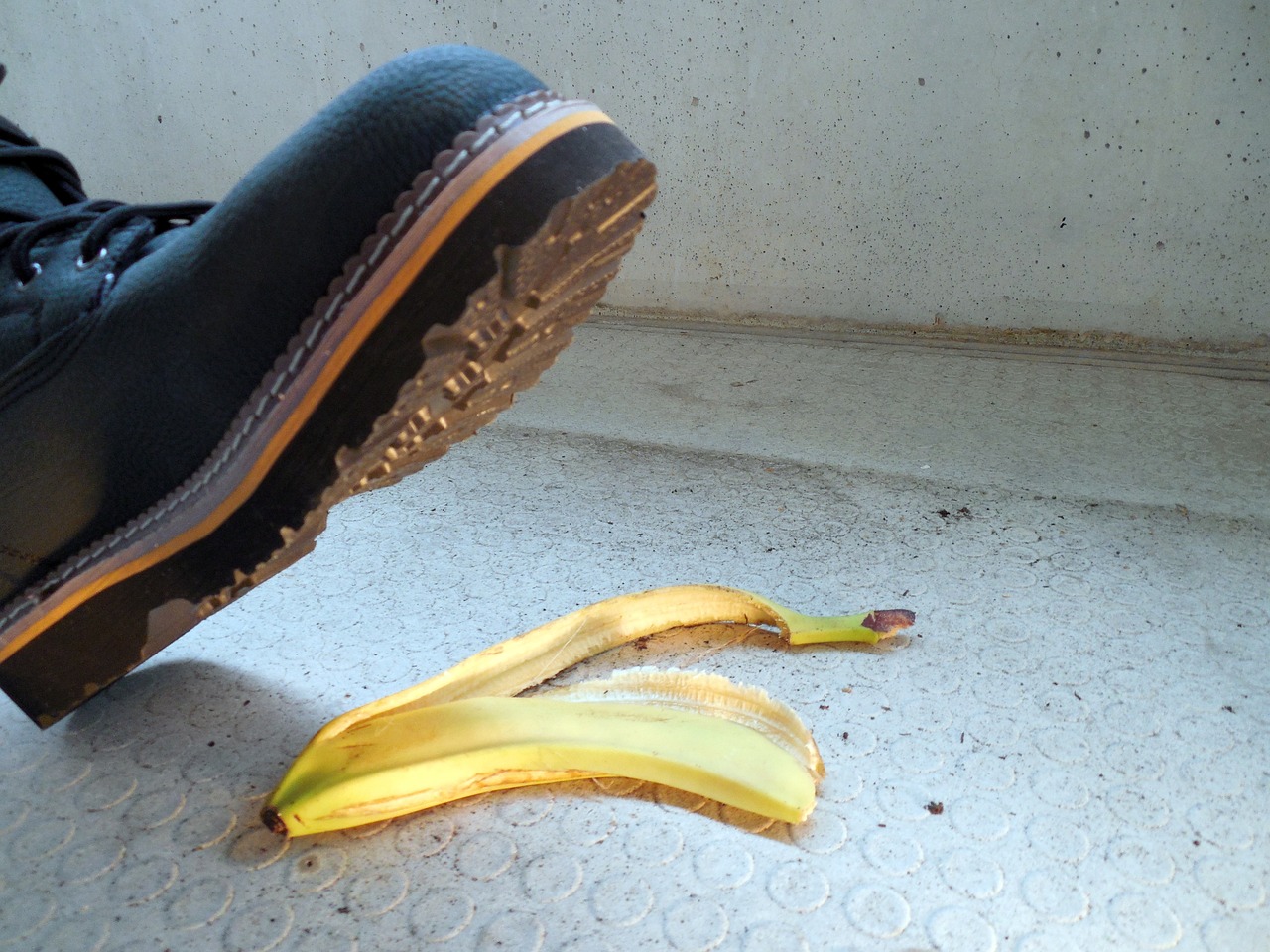We are all only one Oops away: The Urgency of Universal Accessibility
Life has a knack for throwing curveballs when we least expect them. One moment, you’re strutting down the street like a peacock, and the next, you’re floundering like a fish out of water. Yes, folks, we’re all just one clumsy move away from joining the disability club. That’s why it’s high time we embraced universal accessibility with open arms and a quirky sense of humour.

Picture this: you’re strolling along, lost in thought – more likely looking at your mobile phone, when suddenly you trip over an uneven pavement. Bam! You’re down for the count, re-evaluating your life choices from the ground up. Suddenly your world is filled with hospital appointments and choices of colour for your rather fetching pot, and instructions not to put weight on your foot until they tell you to. Even though this maybe a temporary disablement, you realise that every little step now feels like you are trying to climb Mount Everest. It’s moments like these that remind us why dropped kerbs, ramps, and other accessibility features are more than just a luxury – they’re a lifeline for the clumsily inclined among us.

But accessibility isn’t just about avoiding embarrassing spills; it’s about levelling the playing field for everyone. Sure, ramps and lifts are a godsend for those with mobility issues, but let’s not forget about the parent wrestling with a pushchair or the delivery person lugging around parcels the size of a small elephant.
Achieving universal accessibility requires a concerted effort from policymakers, urban planners, architects, and designers. It necessitates updating building regulations, integrating accessibility standards into infrastructure projects, and promoting inclusive design practices. It also requires fostering awareness and empathy within communities, challenging stereotypes, and advocating for the rights of people with disabilities. It’s a marathon, not a sprint – these changes won’t happen overnight, but they do need to happen.
And let’s not forget about the digital realm, accessibility extends beyond physical spaces to encompass digital environments. In an increasingly digitised world, online platforms serve as gateways to information, services, and social interaction. Yet, inaccessible websites and applications erect virtual barriers that prevent individuals with disabilities from fully participating in the digital landscape. This exclusion not only undermines their ability to access essential resources but also perpetuates inequalities in education, employment, and social engagement.
In conclusion, universal accessibility is not merely a matter of convenience or compliance; it’s a fundamental human right. It’s about recognising the inherent dignity and worth of every individual and ensuring that everyone has equal access to the resources and opportunities they need to thrive. By embracing accessibility as a guiding principle in our designs and policies, we can create a more inclusive and equitable society for all.

